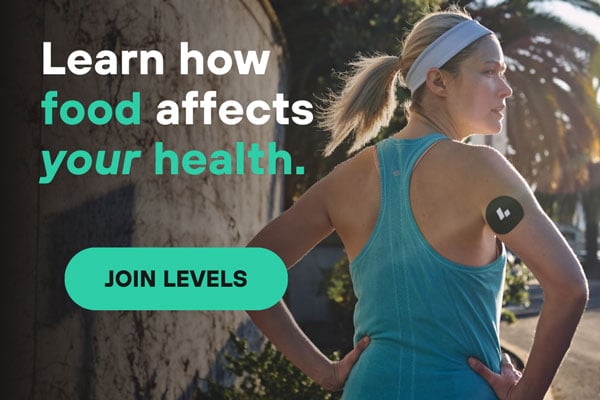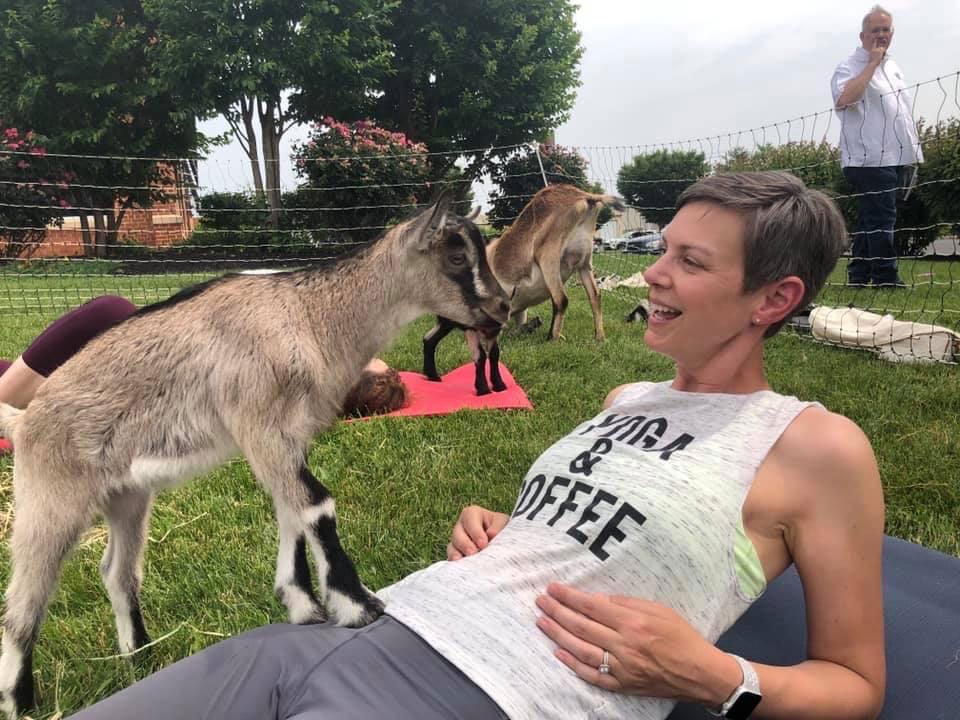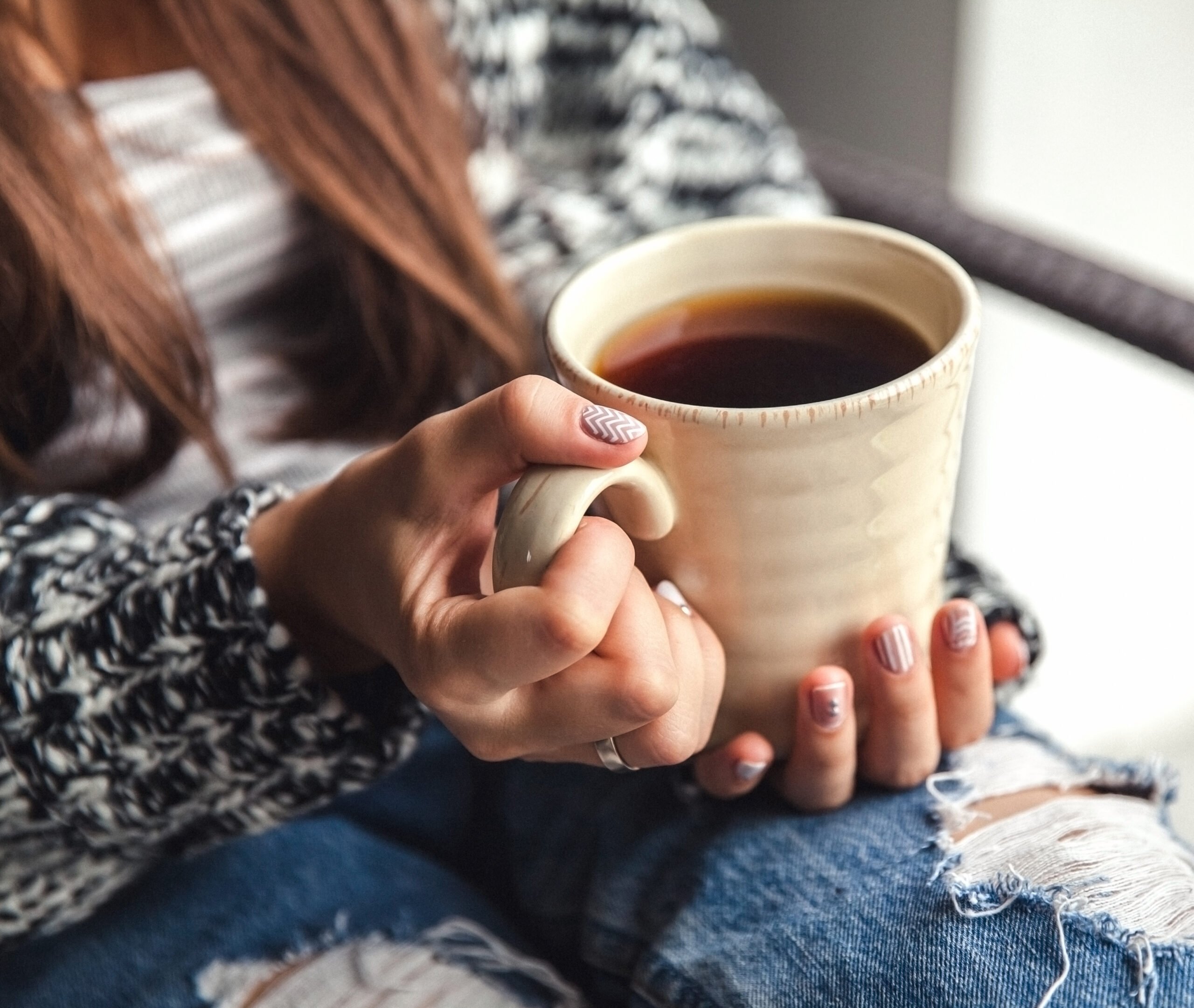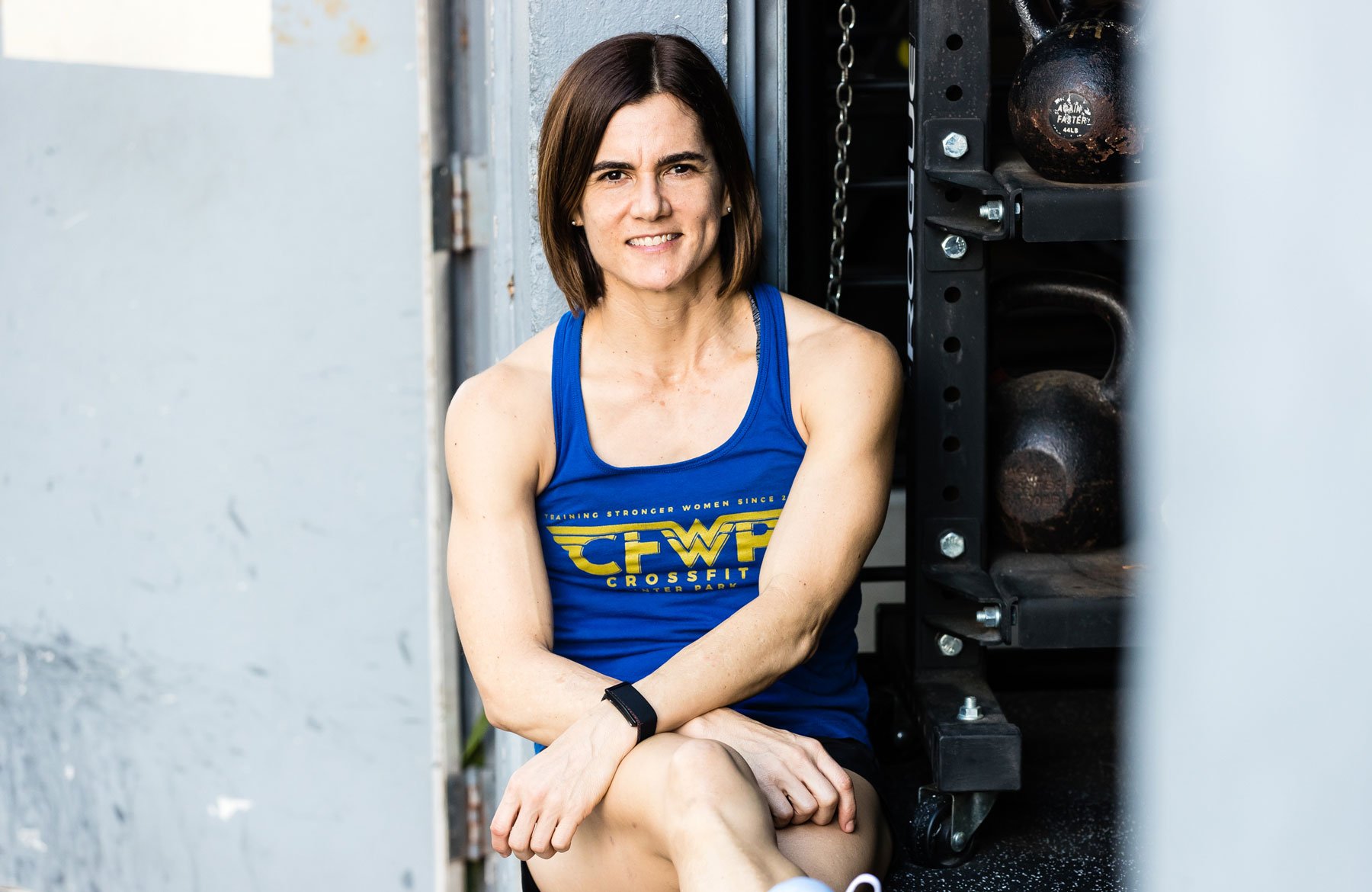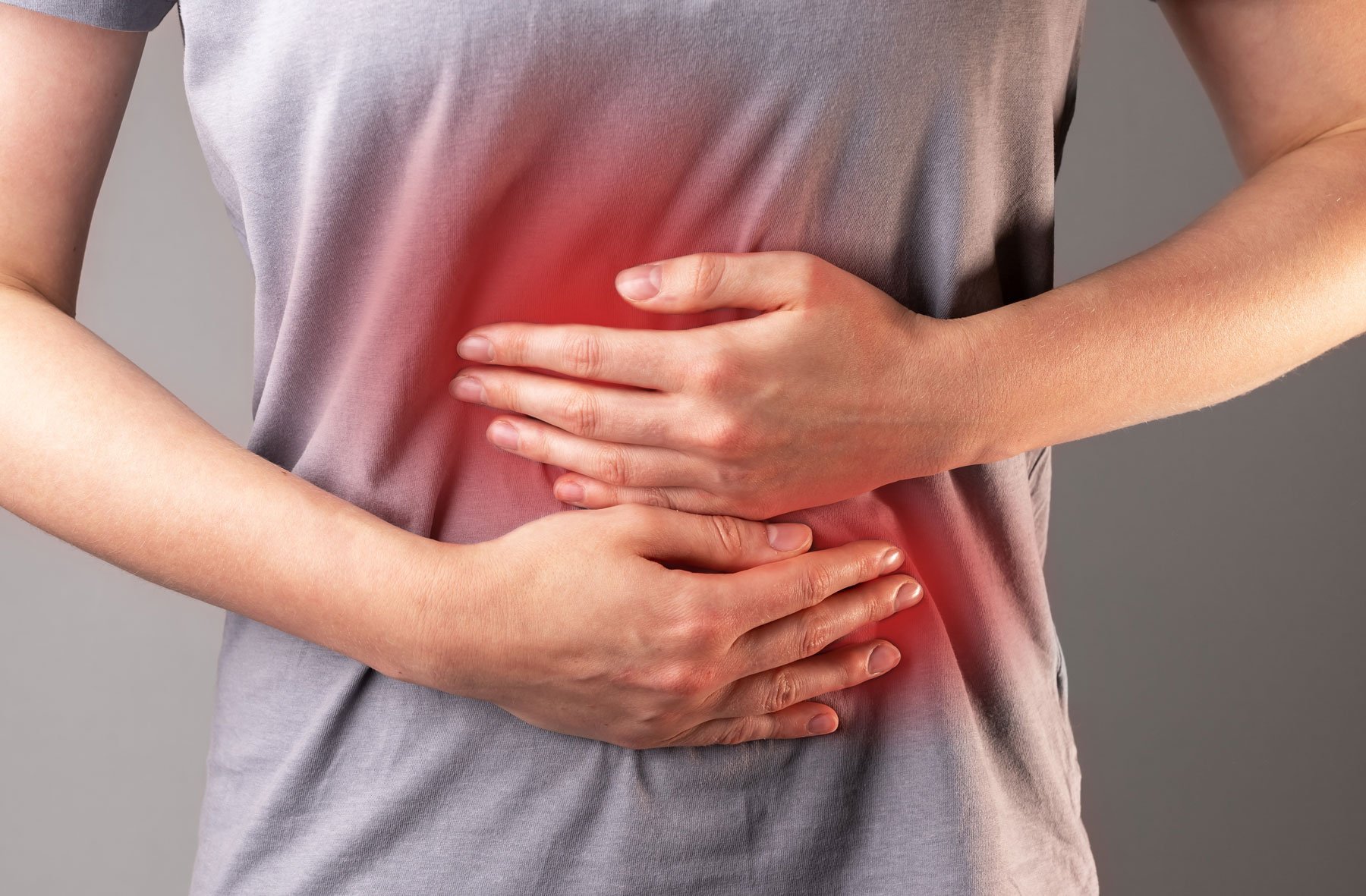Who: Andrea Violette, 37
Where: Cincinnati, OH
Time with Levels: Three years
Most Useful Takeaway: Monitoring her body’s response to alcohol using CGM and a sleep tracker helped her realize that drinking was wrecking her health in several ways, so she found blood-sugar-friendly alternatives she enjoys.
1. What was your health background before joining Levels?
I was an athlete growing up, and I planned to play soccer in college. Unfortunately, I tore my ACL during my last game senior year of high school. Despite surgery, I never really got over that injury. During college, I faced more health adversity when I was in a serious car accident that left me in the hospital for several days with a broken sternum, tibia, and fibula and herniated discs in my neck and lower back.
During recovery, I went the typical medicine route, seeing several specialists. They were prescribing a lot of medication, but nothing was really happening. Eventually, I went to see a chiropractor. At first, I didn’t think it was working. But slowly, I began to experience some symptoms of relief, like being able to sleep at night. Eventually, I became more functional in day-to-day life and I was able to go off my medication. Junior year of college, I applied to chiropractic school. And that’s the story of how I got into chiropractic medicine.
Unfortunately, due to my injuries and focus on school, my lifestyle became more sedentary and I gained a lot of weight. Once I graduated chiropractic school, I knew I needed to work on myself. I’ll be my first patient, I thought. And I ended up losing 80 pounds through intermittent fasting and a ketogenic-type diet.
2. What made you want to put a CGM on your arm?
I first learned about Levels through Mark Hyman’s podcast. I love trackable devices, like my Oura Ring. The ability to track my blood sugar really drew me in along with learning about the individuality of blood sugar responses. I also wanted to learn more about metabolic health so that I could be a better resource for my patients.
3. What surprised you about your blood sugar responses? What foods caused a spike, and what foods reliably resulted in a steady response?
One of my goals going into this was challenging myself with different foods. For instance, when I ate white rice in a Chipotle bowl, my body did so much better than brown. When I made a Chipotle-style bowl at home versus eating one at Chipotle made a difference, too, in that my blood sugar was steadier with the homemade version.
Alcohol is another big one. I would test my response to alcohol with the Oura Ring and the CGM. A drink would spike my blood sugar right away, and I’d have a terrible time sleeping at night. It was easy to see through data that I was wrecking my health on more than one level. So I knew that alcohol had to go. I realized that other things could replace alcohol, like mocktails or hot tea.
At the same time, there are other ways I focus on feeding my body beyond the blood sugar response, and I think that’s important, too. I eat sustainably and local. We grow food in our garden at home; I work with a local farmer. I tie my food to my community. Eating healthy can only do so much–it’s also important to have a connection to your food.
4. What non-food factors impacted your blood sugar?
Like many people have found, walking after eating totally changes the glucose response. If I can get a 10- to 15-minute walk after lunch, dinner, or both, that’s one of the biggest things I can do to bring down my blood sugar.
Along with the theme of self-experimentation, I’d eat the same thing twice, one with walking after and one without and see what happened. For instance, I’d order a burger with no bun and salad with a macadamia nut vinaigrette from one of my favorite lunch places. Or, I’d go to Chipotle and get a burrito bowl. Then, I’d come back to the office and sit at my desk doing paperwork or go for a walk. The walk usually helped attenuate the blood sugar rise and was always far better than sitting still after eating.
Except in the case of chips and salsa. Every time it would spike my blood sugar, and there was little I could do to make it better. I haven’t found a good solution yet, other than eating veggies and salsa.
5. What are you still hoping to learn from the CGM?
Well, I’m currently pregnant, and I know that the rate of gestational diabetes has been increasing, so I want to take what I’ve learned over these last few years and continue to manage my blood sugar. I’ve been very lucky so far without morning sickness or food aversions, so I continue to eat healthy but I no longer do intermittent fasting. Instead, I’m eating three meals a day with one snack. I try to make all of my snacks high in fat and protein, such as organic beef jerky and an olive snack pack.
Beyond my personal use of the CGM, I also teach metabolic health to my patients. After chiropractic school, I went on to graduate from the Institute for Functional Medicine, and I really focus on lifestyle factors in wellness in my practice. I test a lot of insulin levels and any time I see insulin resistance or evidence of metabolic dysfunction, I talk about the benefits of wearing a CGM.

